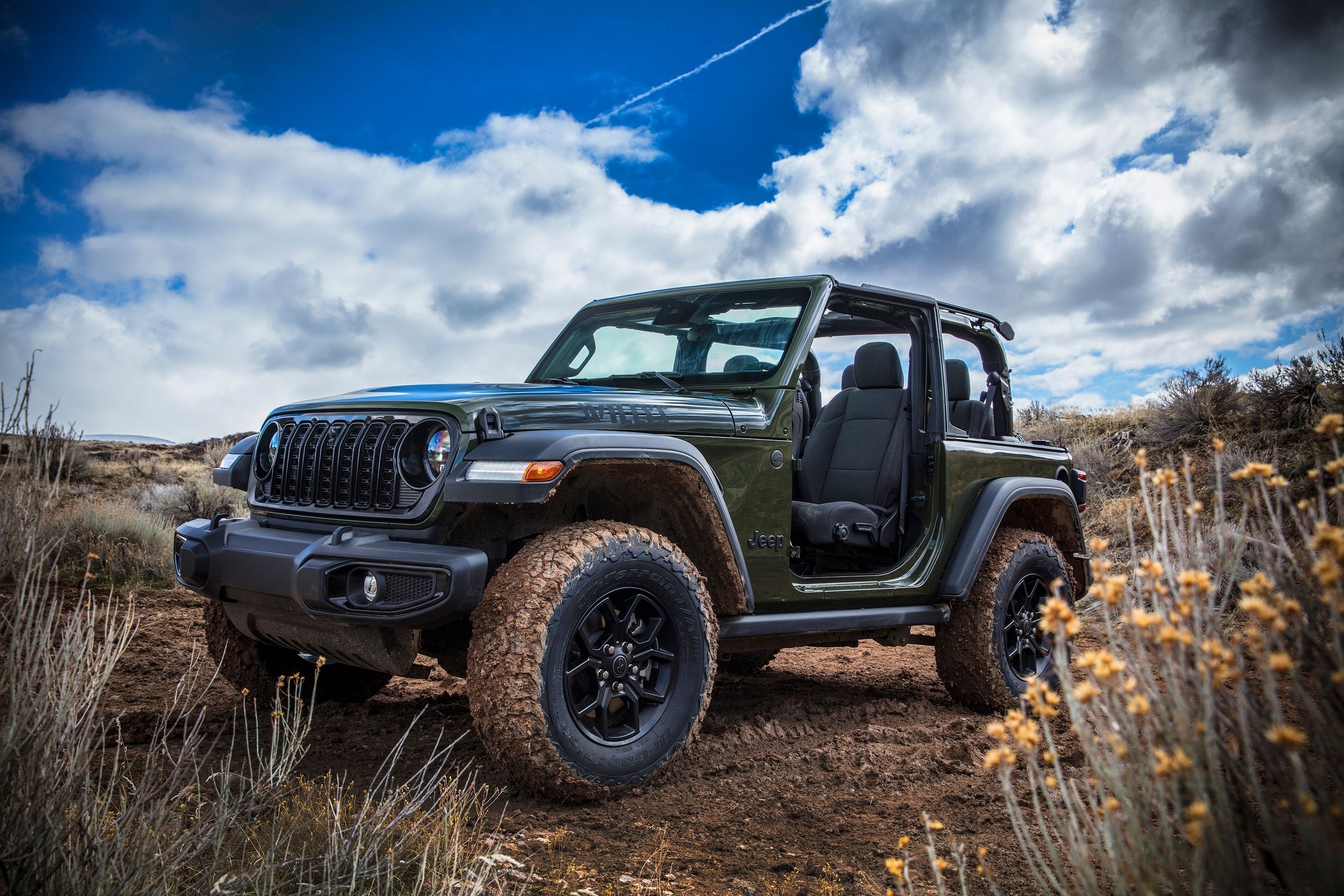
Whether you prefer to call it off-roading or overlanding, vehicles built to deal with rough ground go all the way to the beginning of the car. Simply because roads as we know them didn't exist and if you wanted to go somewhere there wasn't a dirt road or track leading to, then you had to traverse whatever ground was in front of you. Once cars became popular, dirt roads regularly got ripped to shreds by them and a rainy day could cause all kinds of problems. That's a large part of the reason the Model T was, and still is, one hell of an off-roader. The Model T was also a great roofless off-roader.
One of the first dedicated off-roaders was the Kégresse track, which was a car modified by Adolphe Kégresse while he was working for working for the Russian Czar Nicholas II between 1906 and 1916. When Kégresse returned to France after the Russian revolution, the track system was used by Citroën between 1921 and 1937 and the automaker sponsored several overland journeys across Central Asia and North Africa using the vehicles.
The Kégresse track was open-topped and so was the iconic vehicle that followed and provided the basic DNA for the vast majority of off-road vehicles that followed and still follow. And that's where we'll start - with the Willys MB.
Willys MB
The great-grandfather of the modern off-road wonder is the Willys MB, more commonly known as the Jeep, and built from 1941 to 1945 to aid the Allies in World War II. Its basic yet innovative design, ability to go anywhere and its adaptability as a vehicle set the blueprint for much of what followed, including Willy's Jeep CJ (Civilian Jeep) which we can call the grandfather of off-roaders as we know them.
Jeep Wrangler
Once the recipe for a recreational off-road vehicle had been established, Jeep set about perfecting it over the following decades. The ability to remove the roof has been a consistent feature whether it's unbolting the hard-top or having a convertible soft top. The Jeep Wrangler took over from the Jeep CJ and has kept the spirit of the Jeep brand and kept increasing its ability.
Suzuki Samurai
Whether you know it as the Jimny or Samurai, there's no denying the off roading prowess in what could be best described as a tin-can driving experience. The small and bare bones approach delivered though, and delivers again in the form of the new Jimny, an amazingly competent off-roader. It's short wheelbase, thin track, and light weight means less chance of getting bogged down and being able to get in and out of places larger off-roaders can't follow. It's just a shame we won't see the new one here in the US.
Series Land Rover
The first Land Rover was heavily influenced by the Jeep, and Maurice Wilks owned a couple for his family to use before deciding Rover should build something for farmers. The split from the Jeep's ethos comes in the Land Rovers being trucks and staying trucks through the I, II, and II Series generations. Land Rover built Safari versions on the long 110 chassis but in terms of roofless off-road competency, a short wheelbase Land Rover is hard to beat.
Land Rover Defender
While Land Rover's Defender model is often confused with Series models, it was a big step up and most noticeably in the new coil-sprung suspension. The roof on Series Land Rovers simply unbolted, but the new one needed a solution for mounting the seat belts unless you went with the soft-top. The convertible model did come to the US but in limited numbers and command high prices on the used market.
Ford Bronco
The very first generation Bronco was a whole new vehicle from Ford. It was built as a dedicated off-roader and not based on a previous SUV or truck. It's short wheel-base, low overhangs, and effective new suspension system made it an excellent off-roader. Bill Stroppe, a renowned desert racer, saw how good it as early on and adapted a few for racing then took them to the Mint 400, Baja 500 and 1000. He won the Baja 1000 in 1971 with a Bronco, and Ford released the limited edition Baja Bronco which could be considered the precursor to the Ford Raptor. The 1966 Ford Bronco was the only one that came in a roadster version complete with removable roof and doors.
Toyota Land Cruiser FJ
Japan's answer to the Jeep and Land Rover came in the form of the Land Cruiser FJ. It was no pale imitation of the Jeep though and staked out its own claim on rugged reliability and performance. Like the original Jeep, the roof and doors could be removed and the windshield folded down for being transported or for an open-air overlanding experience.
Range Rover Evoque
The Range Rover Evoque is an oddball looking vehicle before you even see it in convertible form. The Evoque doesn't look like it should be capable of getting off the beaten track, but it still has a healthy dose of Range Rover off-road magic. It also has a healthy dose of Range Rover luxury. How many have actually gone outside of a well-kept dirt track is debatable, but there's no questioning how pleasant it is to drive with no roof.
Volkswagen 181
The Volkswagen 181 is more commonly known as the Volkswagen Thing outside of its military use. It's a two-wheel drive, four-door, convertible light off-roader originally designed for the military but got some serious niche success. In the US it was lightweight and fun vehicle people could buy right up until it was dropped from Volkswagen's lineup in 1975 when it was reclassified as a passenger vehicle and didn't meet regulations. It did particularly well in Mexico where the Beetle was popular but people wanted something more competent for taking on rural roads.
